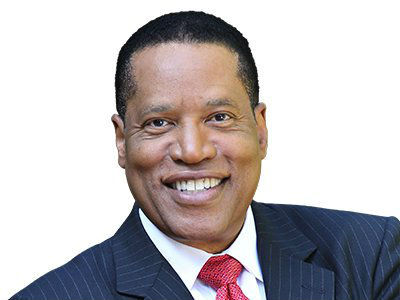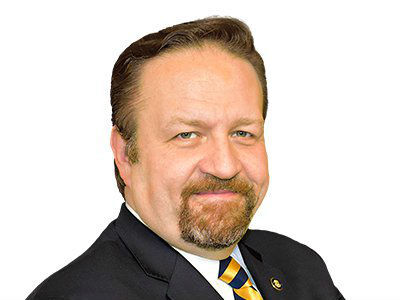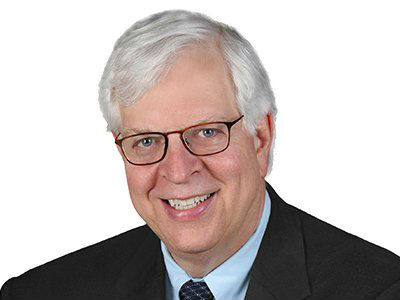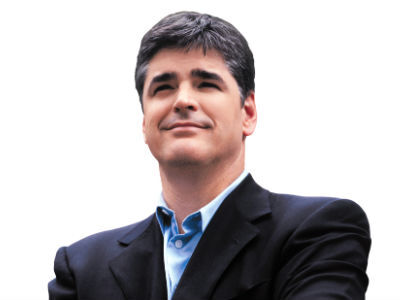Beyoncé’s Cowboy Carter gave them a viral moment. Here’s how small businesses turned it into profit
Lifestyle

Audio By Carbonatix
5:35 PM on Wednesday, July 30
By Anita Little for Shopify, Stacker
Beyoncé’s Cowboy Carter gave them a viral moment. Here’s how small businesses turned it into profit
In July, Beyoncé's Cowboy Carter tour played its final notes, closing out a cultural moment and economic phenomenon that has helped to reshape country music. In Houston alone, the star's two-night stop generated over $50 million in local spending, according to Houston First Corporation.
But the full story goes beyond the economic impact—it's about how independent fashion brands anticipated this moment, leveraged technology to meet unprecedented demand, and built businesses designed to thrive after the encore.
A pop culture moment redefines an entire retail category
Western wear has long been a niche market with predictable demographics. But when Beyoncé announced Cowboy Carter, everything changed overnight. Shopify data showed an increased interest in “cowboy core” fashion with sales for items like cowboy hats increasing by 141% year over year. Even established western brands like Tecovas, known for its premium cowboy boots, saw the opportunity to expand beyond its traditional markets—opening a flagship in New York's SoHo neighborhood as it rides the wave toward $1 billion in sales by 2030.
For Mercedes Matz, founder of Chicago-based western wear brand Maya James, the impact was immediate. Orders jumped 3,100% following the tour announcement.
“We’ve seen a rise in younger shoppers, particularly Gen Z and millennial women of color, leaning into the resurgence of western fashion, but also seeking pieces that feel luxurious, exclusive, and culturally relevant,” says Matz.
Matz creates 100% leather cowhide hats, each one-of-one, avoiding large drops in favor of exclusive pieces. This scarcity model, enabled by real-time inventory tracking and customer communication tools, created urgency and community.
“We had hats sell out within hours of restocking,” Matz says. “Many customers are setting alerts and checking in frequently—some even DM us asking for early access to new drops.”
For Rock'em, a Houston-based brand founded by Juany Yasmin Covarrubias that sells western gear handcrafted in Guanajato, Mexico, the Cowboy Carter tour produced double-digit sales spikes. Orlando Coyoy, head of analytics for the brand, says they started seeing an expansion in their demographics—a lot more young women.
“Western is a lifestyle that has already been a part of different cultures, so it’s very flexible considering that Western can appeal to a more rugged, working-class aesthetic but also a flashier, stylish aesthetic.”
But at the end of the day, a spike is just a spike—unless you have a plan.
The difference between being lucky and being ready? Infrastructure
Rock’em and Maya James didn’t get lucky, they were prepared. Faced with explosive growth, these brands turned to technology—not just to process orders, but to reimagine their operations.
Maya James turned to analytics, inventory, and AI tools to stay ahead of demand, allowing the brand to “quickly build out product descriptions, streamline customer communications, and maintain a seamless storefront even as traffic surged,” says Matz.
These AI tools proved crucial for scaling without losing authenticity. Instead of generic product descriptions, Maya James could quickly generate copy that spoke to its new audience while maintaining its brand voice. When hats sold out within hours, automated inventory systems triggered reorders and suggested complementary products.
Rock'em took a surgical approach. Recognizing that its customer base was expanding, the brand created a "concert ready” collection on its website—bolder pieces that photographed well for social media while maintaining their genuine craftsmanship. Think leather shorts with metallic fringe and blinged-out cowboy boots. This data-driven decision was a response to changing search patterns and customer requests. The collection drove a 14% increase in sales for those specific products.
“At first we didn't have the collection on the main part of our homepage,” Coyoy recalls. But when the team saw the sales, they pivoted quickly. “Around June 19th, we made it a bigger section.”
Their heavy promotion of concert gear paid off with increased visibility. Rock'em's custom branding and hats featured prominently in Vogue's Cowboy Carter tour coverage.
Rock'em also discovered its website had become a catalog for local shoppers who would browse online, then visit retail stores for free customizations like boot stretching, open crown hat-shaping, and other services. This online-to-offline behavior required new analytics approaches to understand true conversion rates.
Turning flash into forever
As the tour ends, these merchants aren't retreating—they're building for what comes next.
Maya James is converting one-time buyers into a community, using storytelling on its social media channels to grow connections. Rock'em is formalizing processes that worked during the surge, investing in channels it hadn’t prioritized, like email and SMS marketing.
Growth from cultural moments requires both immediate response and long-term vision. What makes these merchants different isn't their Beyoncé bounce—plenty of western wear brands saw similar spikes. It's their focus on the everyday infrastructure that outshines any tour. Because of that, they discovered new customer bases that traditional Western brands weren’t reaching. If you’re ready for anything, everything becomes an opportunity.
This story was produced by Shopify and reviewed and distributed by Stacker.

























